iPhone X vs Samsung Galaxy Note 8: supersize meets super-supersize
Big phone showdown
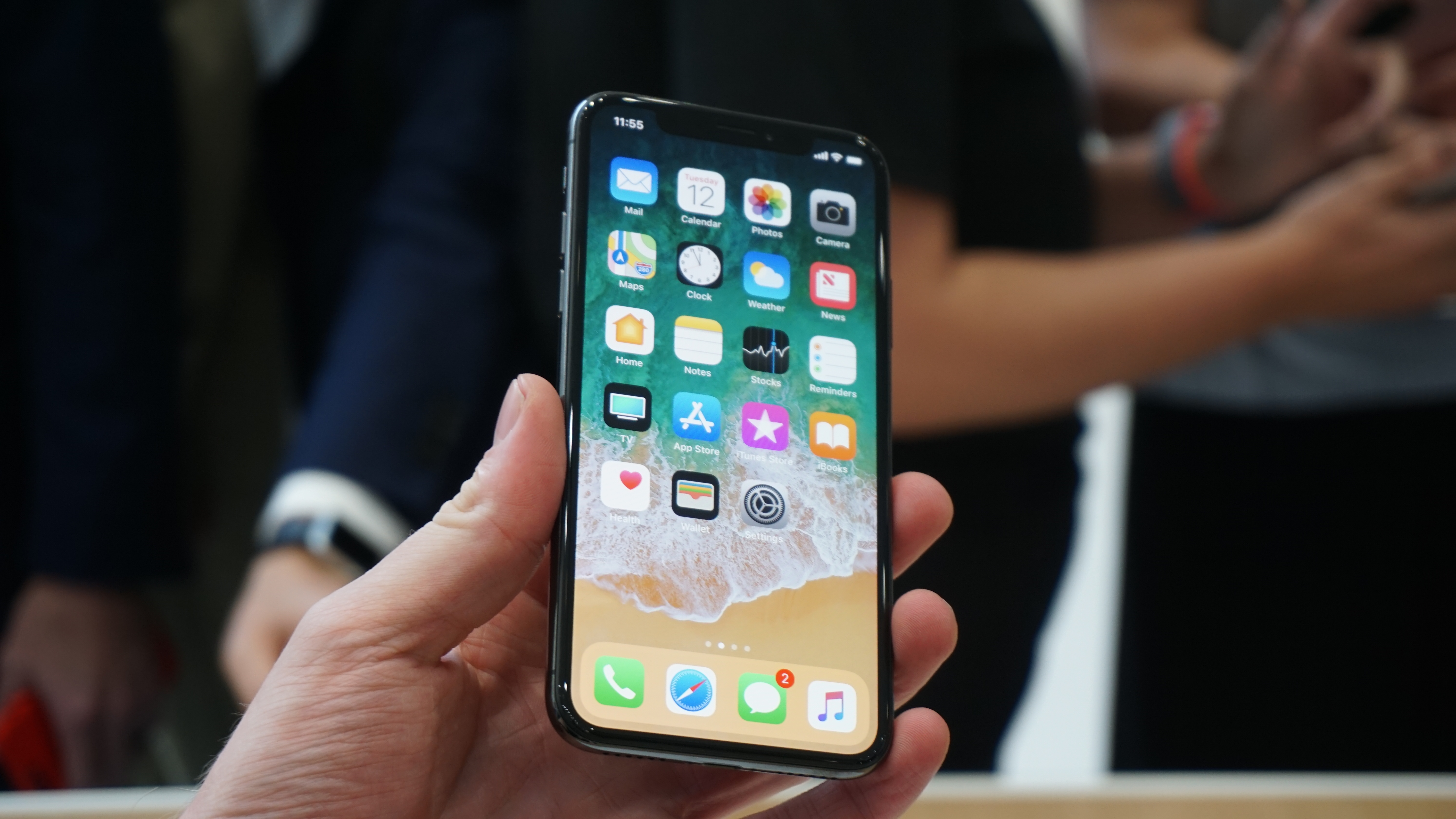
The iPhone X is the biggest phone Apple’s ever made, which means its biggest rival could well be the Samsung Galaxy Note 8 – Samsung’s latest phablet flagship.
Both phones are also very powerful, very expensive and packed full of high-end tech and features. But in a lot of ways they’re very different.
With that in mind we’ve compared all their key points so you can see where they’re similar and where they’re not.
- Read our hands on iPhone X review
iPhone X vs Samsung Galaxy Note 8 design
The iPhone X and the Samsung Galaxy Note 8 have some design similarities. Both have a glass back and a metal frame for example, though the corners on the iPhone X are more curved and it has almost no bezel on the front, with just a tiny notch at the top for the front-facing camera and sensors.
The Samsung Galaxy Note 8 is light on bezel too, but not to the same extent, as it has a thin strip both above and below the display. Speaking of the display, we’ll cover that more below, but from a design perspective you can’t ignore the fact that it’s curved, while the iPhone X’s is flat.
The two phones have different weights and dimensions of course, with the iPhone X coming in at 143.6 x 70.9 x 7.7mm and 174g, while the Samsung Galaxy Note 8 is larger and heavier at 162.5 x 74.8 x 8.6mm and 195g.

Both phones are dust and water resistant. The Note 8 is IP68 certified, so it can be submerged up to 1.5 meters deep for 30 minutes, while the iPhone X is IP67 certified, meaning it can be submerged up to 1 meter for 30 minutes.
Get daily insight, inspiration and deals in your inbox
Sign up for breaking news, reviews, opinion, top tech deals, and more.
However, while it’s not quite as waterproof, the iPhone X may well be tougher, as Apple claims it has used the toughest glass ever to grace an iPhone on both the front and the back.
And the colors differ, with the iPhone X launching in just Space Grey and Silver, while the Galaxy Note 8 is available in Midnight Black, Maple Gold, Orchid Grey and Deep Sea Blue.
iPhone X vs Samsung Galaxy Note 8 display
The screen is the most obvious element of the iPhone X, as it fills almost the entire front of the phone. Apple’s even ditched the home button in order to leave more screen space, and lost the fingerprint scanner in the process.
The Samsung Galaxy Note 8 is also almost all screen, though has slightly more bezel, and has retained its fingerprint scanner, moving it to the back.
The iPhone X’s display is a 5.8-inch 1,125 x 2,436 OLED Super Retina display with a pixel density of 458 pixels per inch, while the Galaxy Note 8’s is a 6.3-inch 1,440 x 2,960 OLED screen with a pixel density of 521 pixels per inch.
So Samsung’s is both larger and sharper, and both phones use OLED, allowing for superior contrast and vibrant colors.
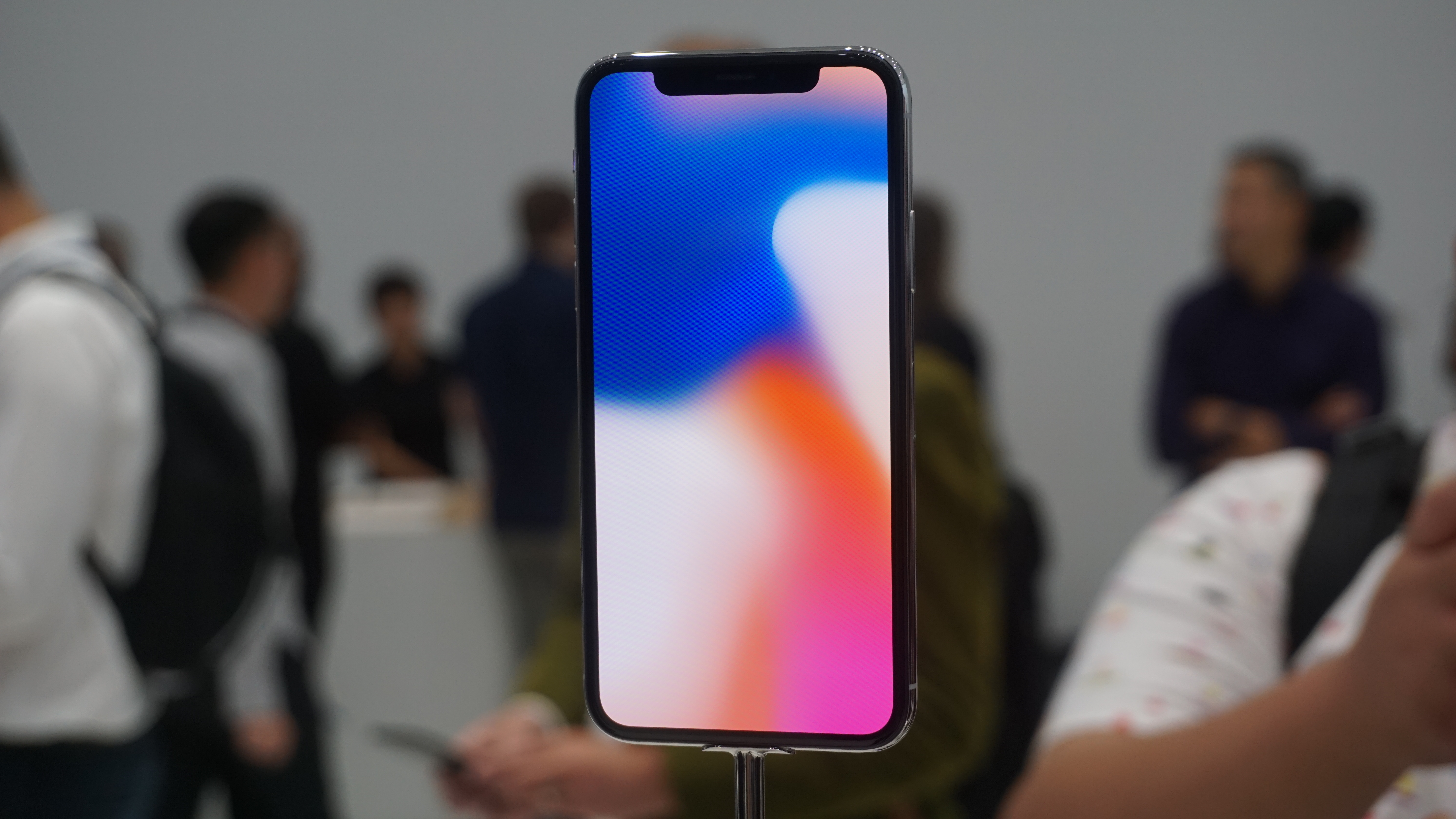
Both phones also support HDR, but Apple’s screen adds 3D Touch and True Tone into the mix.
The former lets the display respond differently to different levels of pressure – for example opening a menu if you to tap hard, and launching an app if you use a light tap. The latter automatically adjusts the white balance based on the light in your environment.
Of course, Samsung’s screen is curved, while the iPhone X is flat, and that’s more than just an aesthetic decision from Samsung, as it also allows you to swipe across the edges to bring up menus and shortcuts.
iPhone X vs Samsung Galaxy Note 8 OS and power
Neither of these phones should leave you wishing for more power. The iPhone X uses a new A11 Bionic chipset. It’s a six-core one and a substantial upgrade in power over the iPhone 7’s.
The Samsung Galaxy Note 8 meanwhile uses either an octa-core Snapdragon 835 chipset or an octa-core Exynos 8895 one depending on where you are in the world, but they’re both top-end and the Note 8 is an exceedingly powerful phone.
It also has 6GB of RAM, and while Apple hasn’t revealed how much RAM the iPhone X has all the evidence so far points to 3GB.
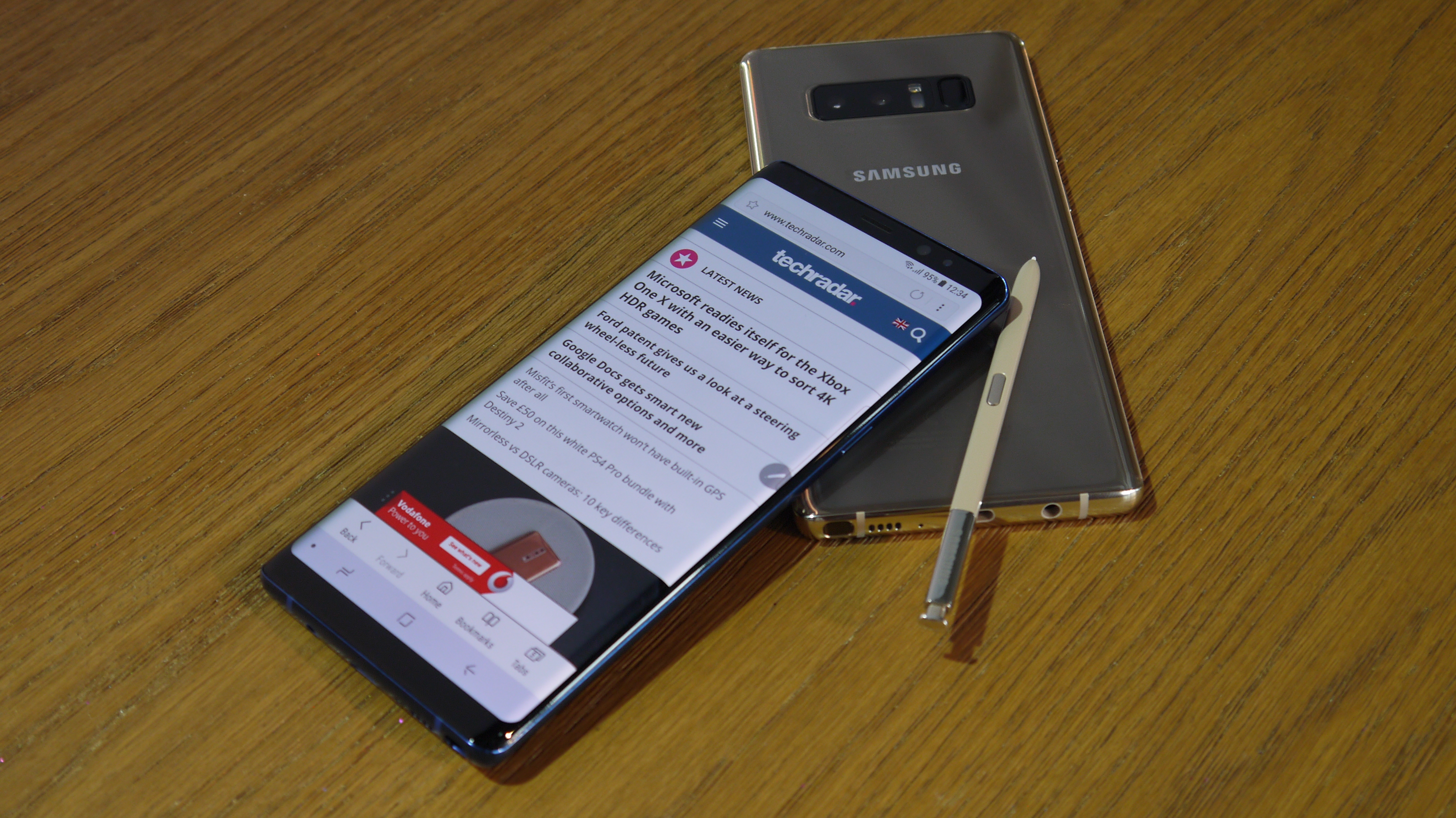
This all sounds like it should work in the Note 8’s favor, but Apple’s previous quad-core chipset could hold its own against octa-core ones, so this new six-core one is likely to deliver top performance.
As for the OS, you get Android Nougat on the Samsung Galaxy Note 8 and iOS 11 on the iPhone X. If you’ve used an Android or iOS handset before you’ll know what to expect here, but iOS is a bit different on the iPhone X, as in place of the physical home button you can swipe up from the bottom edge of the screen to return to your home screen.
Another difference in interaction comes from the addition of an S Pen stylus with the Note 8, letting you sketch and hand write on the phone.
iPhone X vs Samsung Galaxy Note 8 camera and battery
There’s a dual-lens 12MP camera on the iPhone X, with one f/1.8 wide-angle lens and one f/2.4 telephoto one. The combination allows for optical zoom and both lenses have optical image stabilization (OIS), so your photos come out clearer.
It’s also got depth sensing skills, allowing you to blur the background of an image for a bokeh effect, and Apple has put a big focus on augmented reality (AR), with the new snapper allowing you to essentially project video games onto tables, view the constellations around you by looking at them through the camera, and more.
The Samsung Galaxy Note 8 also has dual 12MP cameras, but they have f/1.7 and f/2.4 apertures, meaning it should be able to take in even more light than the iPhone X’s when using the wide-angle lens.
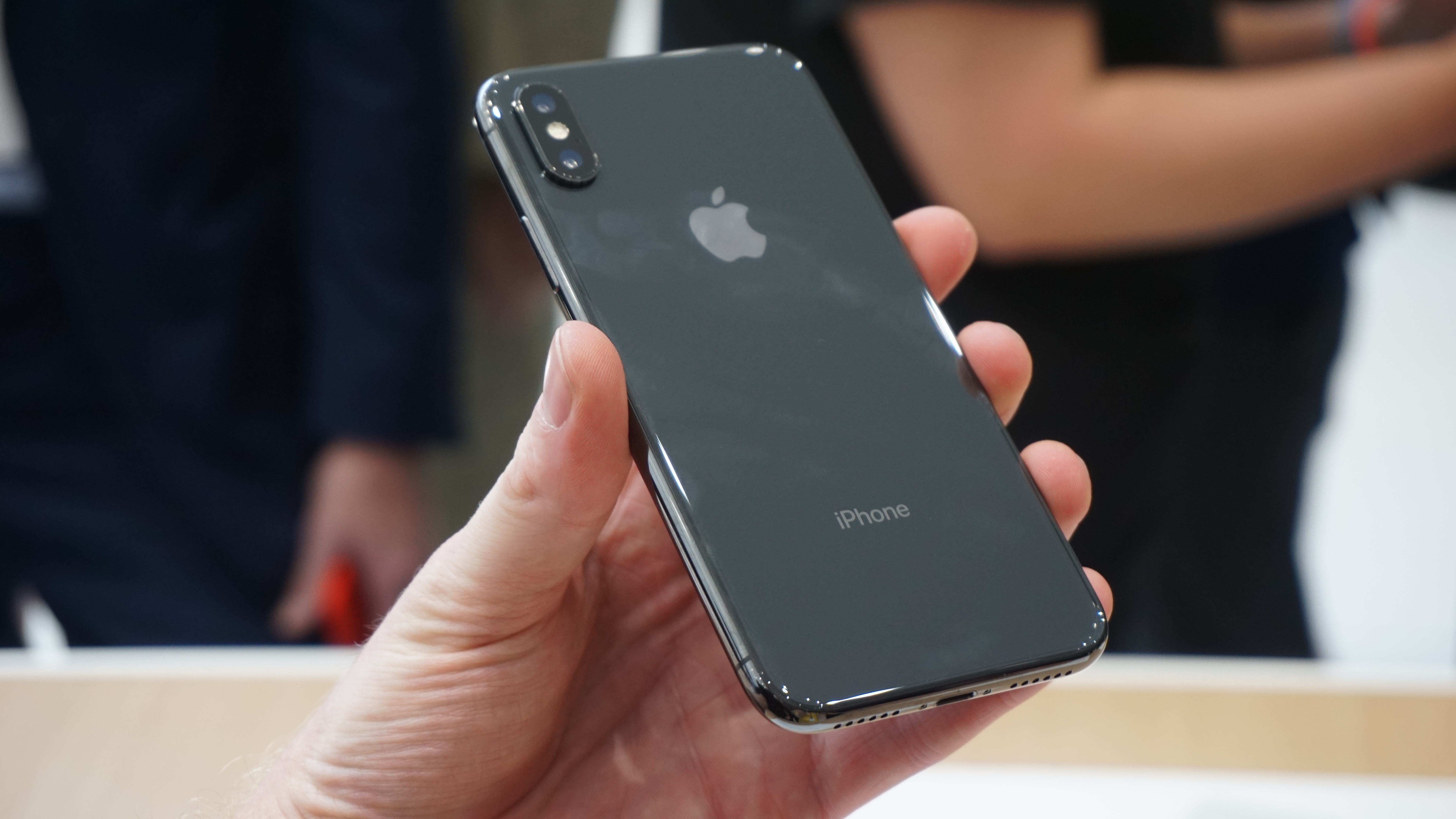
The Note 8 is also capable of optical zoom and sports OIS. Importantly, it also takes great photos in our tests, though it lacks the advanced AR skills of Apple’s and it’s not quite as adept at video recording, at least on paper, as it can shoot in 4K at 30fps, while the iPhone X can do so at 60fps.
There’s a similar selection of similarities and differences with their front-facing cameras. The Note 8 has an 8MP f/1.7 one, while the iPhone X has a 7MP f/2.2 one.
That sounds like a win for Samsung, but there’s also a face scanner on the iPhone X, letting you unlock your phone and authorize purchases just by looking at the screen. The Note 8 has a similar feature but Apple’s is more advanced and tougher to trick.
As such it’s also able to power other experiences, such as animating emoji to match your expressions.
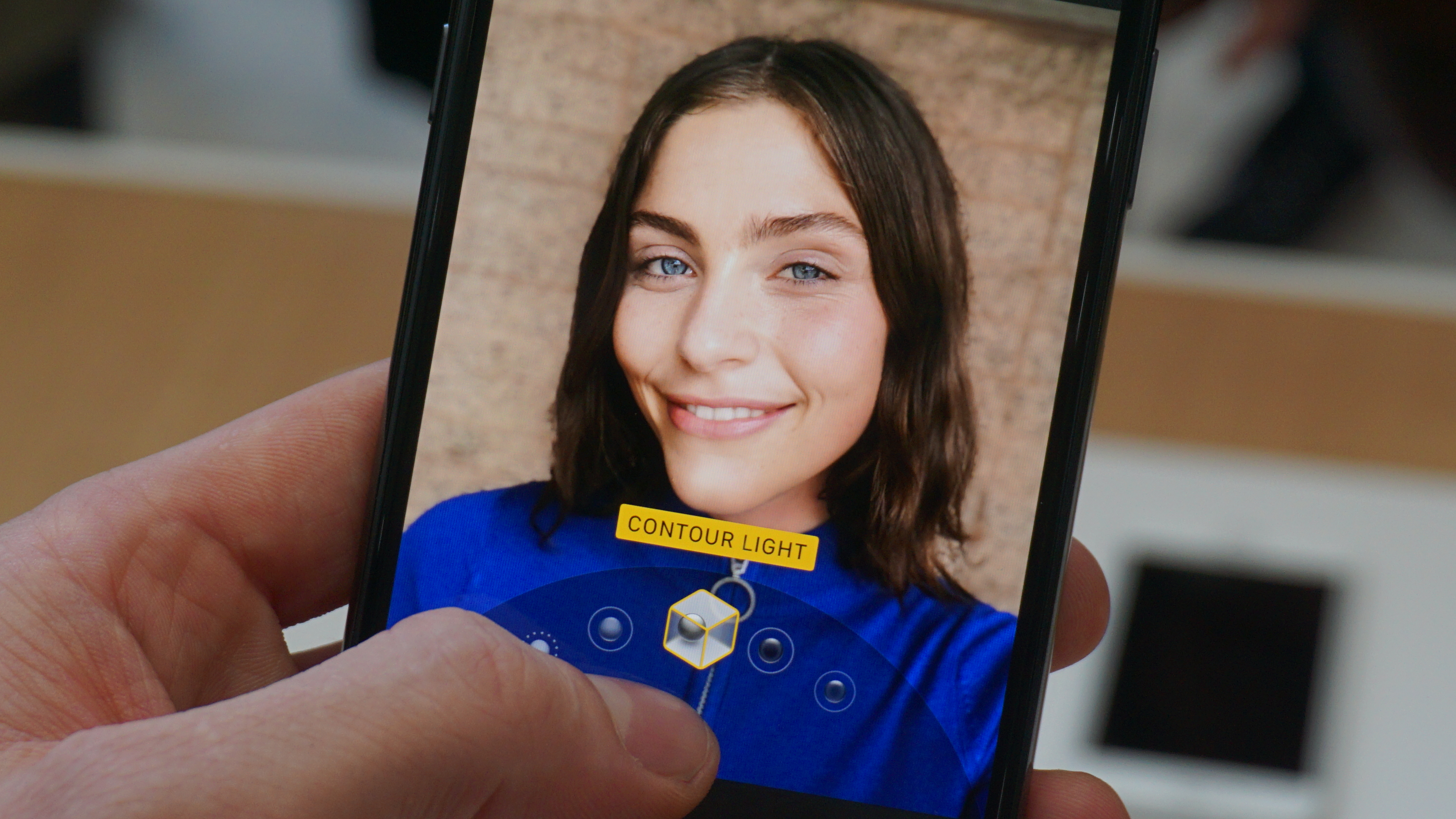
Apple hasn’t revealed the size of the iPhone X’s battery, but there's evidence of a 2,716mAh one, and Apple has said that it can last for up to 12 hours of internet use or 13 hours of video. It also supports wireless charging, and can apparently go from zero to 50% in 30 minutes when plugged in.
The Samsung Galaxy Note 8 also supports both wireless and fast charging, and it has a 3,300mAh battery which lasts all day in our tests.
iPhone X vs Samsung Galaxy Note 8 price
The iPhone X is a whole new level of expensive, starting at $999/£999/AU$1,579 for a 64GB model and rising to $1,149/£1,149/AU$1,829 for a 256GB one.
The Samsung Galaxy Note 8 is far from cheap either though at $929/£869/AU$1,499. That’s for a 64GB model, which is the only size it currently comes in, but it does also have a microSD card slot, which the iPhone X doesn’t.
Takeaway
The iPhone X is Apple’s vision for the future of smartphones, and with an all-screen front, an advanced face scanner, AR features, loads of power, a refined design and a new screen and camera the company might be onto something.
It’s undeniably similar to the Note 8 in a lot of ways – both have edge-to-edge OLED screens, dual-lens 12MP cameras, metal and glass builds, water resistance and powerful chipsets, but there’s lots different too.
Apple’s phone puts the focus on face scans, while you’re more likely to secure the Note 8 with a fingerprint, and you get a stylus too with the Note 8, which you don't with the iPhone X. They also run different operating systems and the iPhone X is more expensive.
But ultimately they’re both high-tech phablets, and likely to be among the best phones of the year.
- Apple's also announced the more affordable iPhone 8 and iPhone 8 Plus
James is a freelance phones, tablets and wearables writer and sub-editor at TechRadar. He has a love for everything ‘smart’, from watches to lights, and can often be found arguing with AI assistants or drowning in the latest apps. James also contributes to 3G.co.uk, 4G.co.uk and 5G.co.uk and has written for T3, Digital Camera World, Clarity Media and others, with work on the web, in print and on TV.